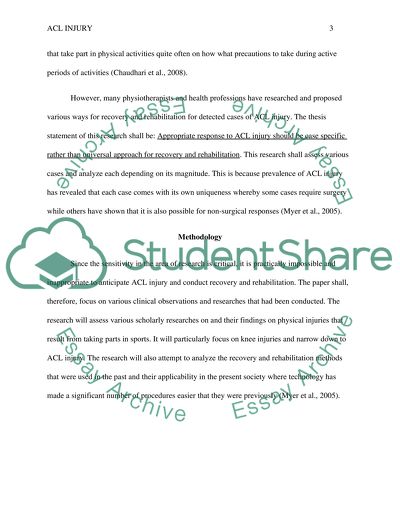Cite this document
(Anterior Cruciate Ligament Injury Research Paper, n.d.)
Anterior Cruciate Ligament Injury Research Paper. Retrieved from https://studentshare.org/health-sciences-medicine/1608520-acl-injury
Anterior Cruciate Ligament Injury Research Paper. Retrieved from https://studentshare.org/health-sciences-medicine/1608520-acl-injury
(Anterior Cruciate Ligament Injury Research Paper)
Anterior Cruciate Ligament Injury Research Paper. https://studentshare.org/health-sciences-medicine/1608520-acl-injury.
Anterior Cruciate Ligament Injury Research Paper. https://studentshare.org/health-sciences-medicine/1608520-acl-injury.
“Anterior Cruciate Ligament Injury Research Paper”. https://studentshare.org/health-sciences-medicine/1608520-acl-injury.


